Some time ago, in addition to being the trivia king of Fujitsu Primergy servers, I was also a master at finding used Macs for cheap on eBay. Nobody wants a Core 2 era Mac anymore, so naturally I bought a 2007 iMac 7,1 for 100EUR.
Now I have 8 Macs that I never use.
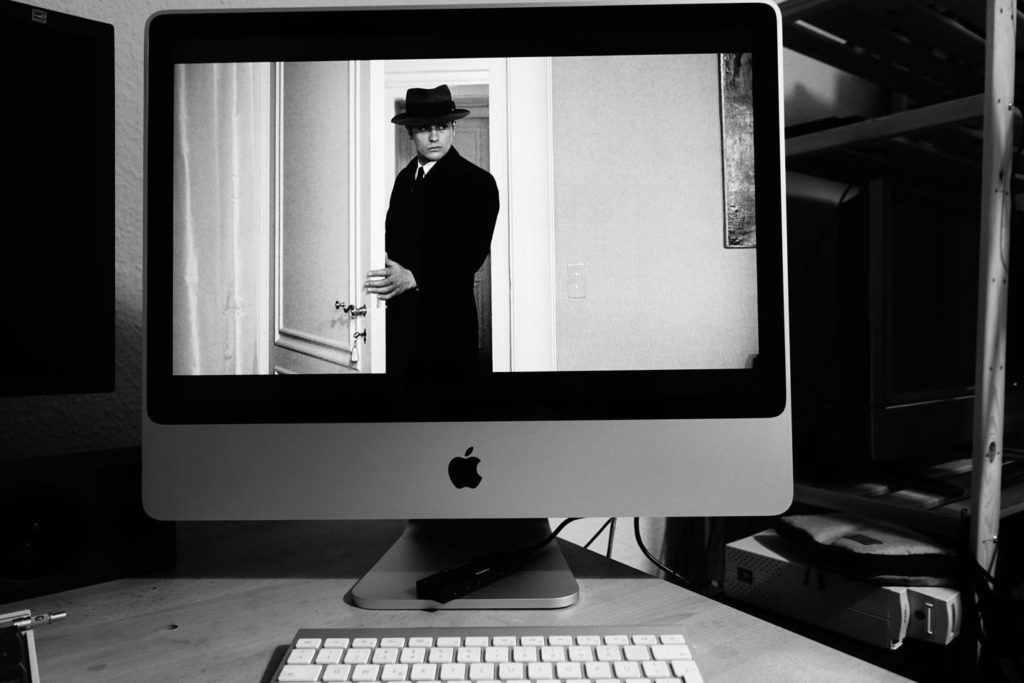
It was 100EUR because it would turn off randomly (power supply problem). Other than that it was perfect.
Life is so fast paced, nobody has time to repair broken things. I called a Mac repair store, even they didn’t have the time to repair it – too expensive to troubleshoot and take apart, they say, better to just buy another power supply. But they did leave me with a good tip – capacitors are the only thing that age and break down in a power supply.
It took me a year to finally get around to calling that repair store. I was constantly chasing the next nugget of knowledge, the next new hobby, the next acquisition. I have 14 jackets by the way, I just counted. I wanted to experience this, experience that.
When I bought that iMac, I was also chasing the next experience. But deep down, I was just chasing what I really enjoyed about computers when I was young – immersing myself in a project with no expectations whatsoever.
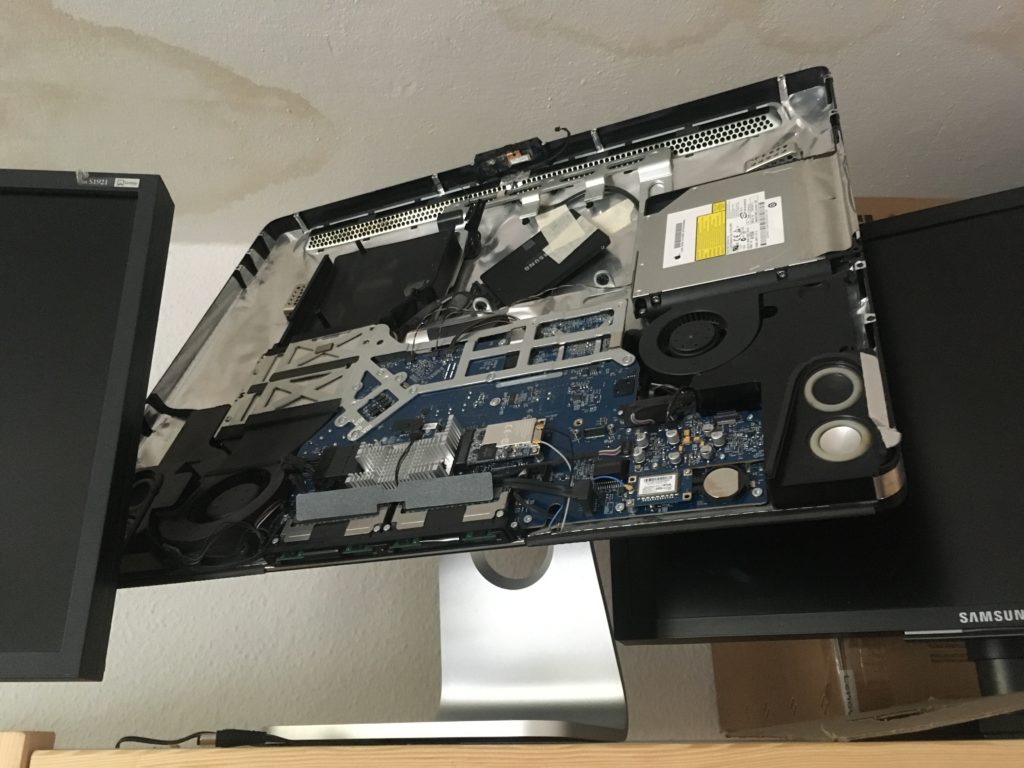
Pay attention to your self-talk (this goes for everything). “I’ve got to get it fixed by x date”, or “I’ve got to do this as quickly and efficiently as possible” sucks the fun out of it. Or “just gotta finish it quickly so I can move on to the next project” just misses the whole point of taking on such projects in the first place.
When I was ‘busy’ and ‘had to get all this done’, I didn’t get that much done and I was stressed and somewhat guilty at the end of the day.
When I told myself ‘you don’t have to do anything’, paradoxically I got so much done – because by not putting pressure on myself, I was able to reach flow.
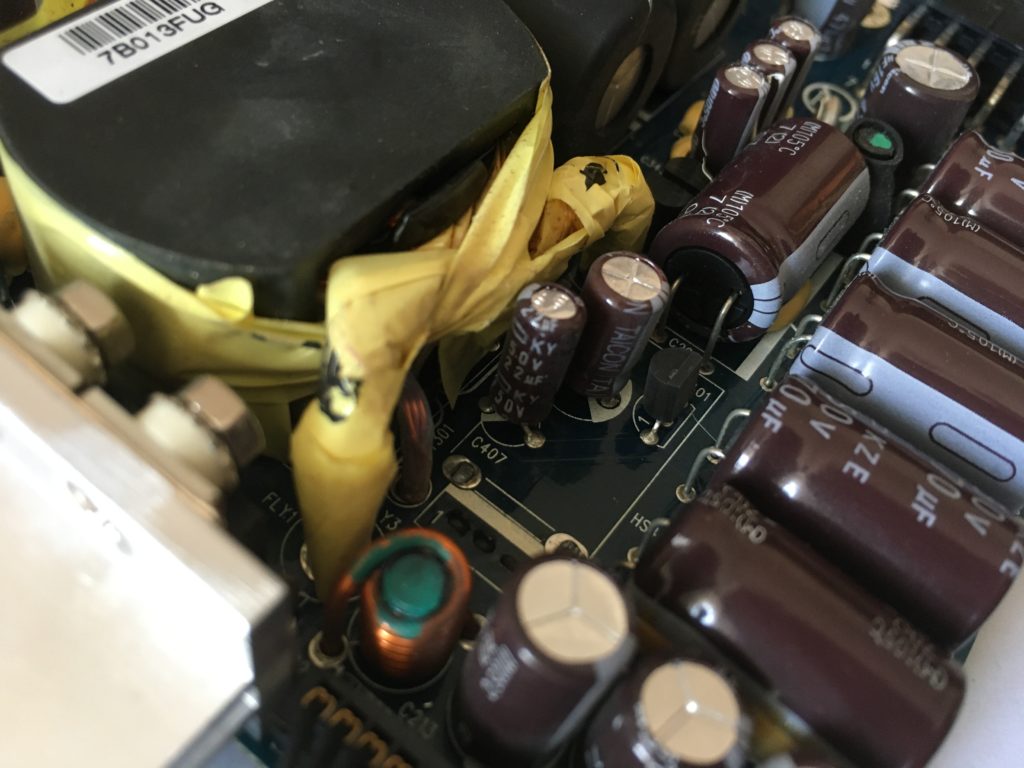
And so it happens that after putting this off for a year, I suddenly have the time and energy to use an ESR meter on every capacitor in the power supply. Here’s the data, just to show the condition of the capacitors after 15 years:
C210 0.05O C209 0.01O C205 0.09O C206 0.08O C207 0.04O C214 0.17O C215 0.04O C051 0.26O C052 0.25O C30? 0.19O 22uF 50V (obscured by goop) C??? 0.70O 10uF 50V C343 0.75O 10uF 50V C204 0.03O C406 47.0O! 10uF 100V 11mm -> replace with 10uF 160V 12.5mm tall Panasonic C407 0.69O (out of circuit) 0.97O 22uF 50V C213 0.06O C212 0.07O C211 0.10O C004 0.26O C057 0.20O
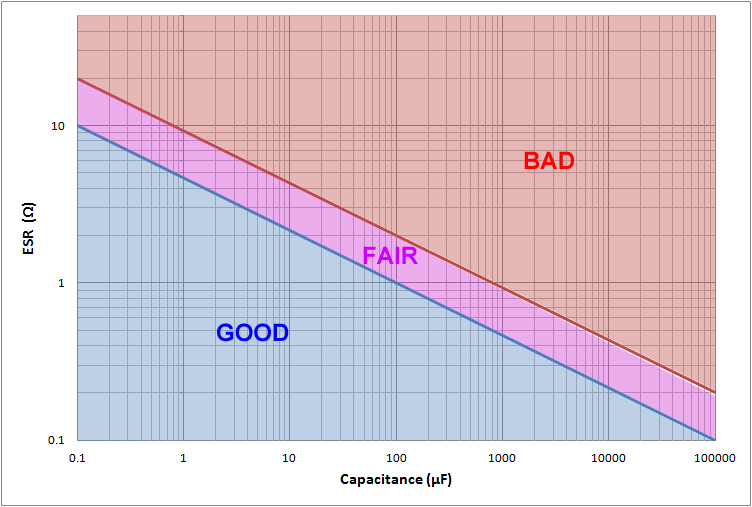
C406 and C407 were two small capacitors that lived under a large heatsink. C406 was totally gone, even though it wasn’t bulging. C407 had a in-circuit ESR of 0.97 Ohm. Compare this to C30?, which has the same capacitance, but is far away from the heatsink so it’s healthier at 0.19 Ohm. Although C407 is still “good”, it clearly has aged more.
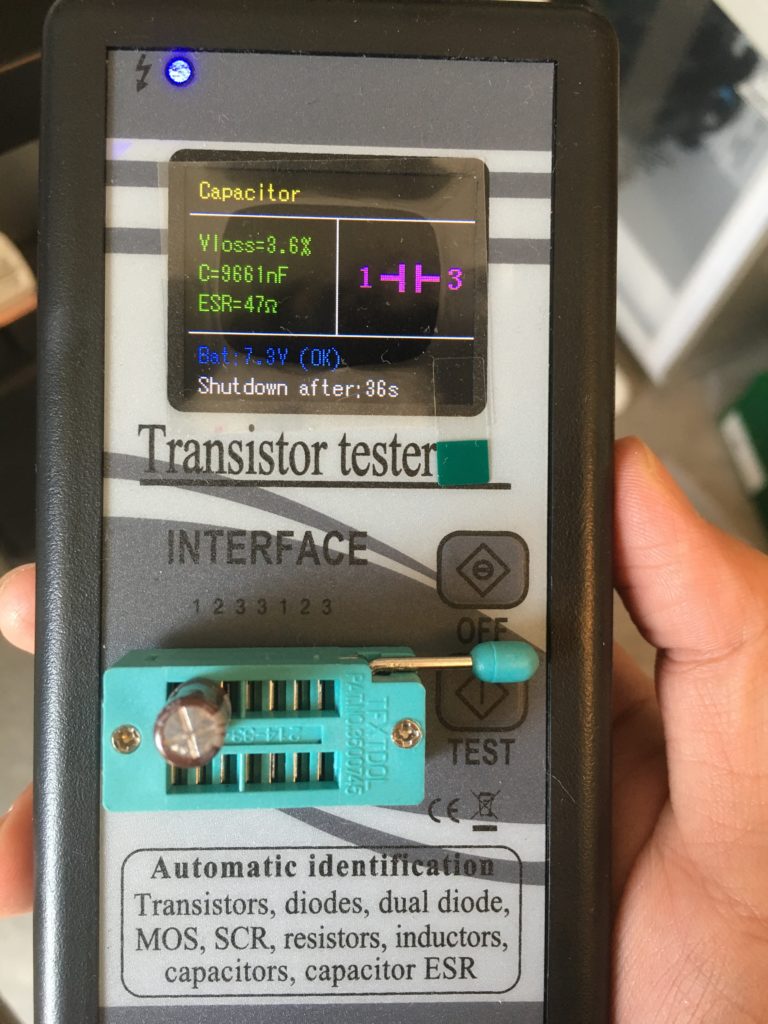
Buying the ESR meter, desoldering pump, desoldering the TO220 component and the heatsink to get to the capacitors, finding an electronic parts shop willing to sell me only 1 of each capacitor… imagine if I had approached all of this with the mindset of “I need to get this done”.
I can’t wait for the capacitors to arrive.